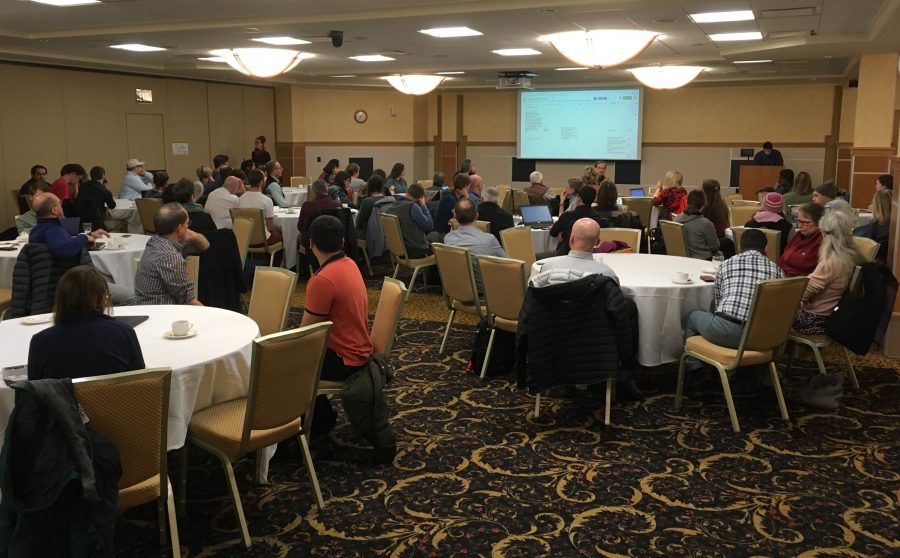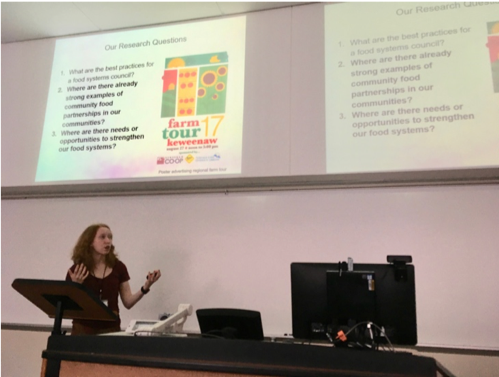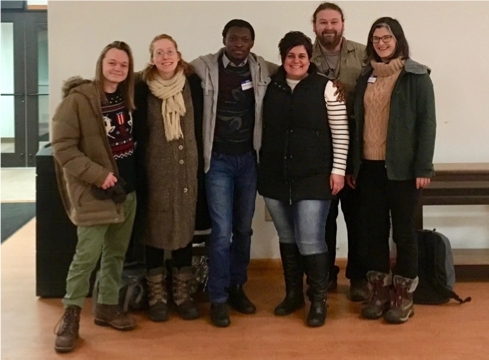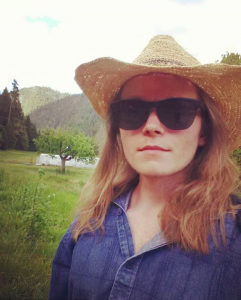The Working Group of the Tech Forward Initiative for Sustainability & Resilience (ISR WG) recognizes the work of the Keweenaw Youth for Climate Action (KYCA) in developing the Petition to ask Michigan Technological University to divest all funds from the fossil fuel industry. The efforts of the KYCA are aligned with the goals of Michigan Tech to demonstrate leadership in sustainability.
The ISR WG endorses the effort and supports this call for Michigan Tech to begin the fossil fuel divestment process and improve transparency and participatory decision making regarding institutional investments.
Some of the main points in the petition include the need for transparency regarding current investments, halting and then divesting from any investments in fossil fuels, and building transparency and partnership into the structure of future investments, giving students a voice in the University’s investment process. While transparency regarding investments and participatory models of investment decision making may not seem immediately connected to fossil fuel divestment, these metrics are included in the Association for the Advancement of Sustainability in Higher Education STAR’s system for evaluating achievements in sustainability at Universities, as sustainability includes dimensions of social engagement, participation, inclusion, and justice.
The ISR WG recommends that Michigan Tech adopt the recommendations called for in the KYCA petition and that all future university investments are evaluated for environmental impact, social justice, and sustainable business practices. Michigan Tech must lead by example, and the future needs Michigan Tech because the future needs innovative transformation in sustainability practices that decarbonize our society, enhance social justice and inclusion, and regenerate the collective capacity to contribute to resilient ecosystems and quality human lives.



